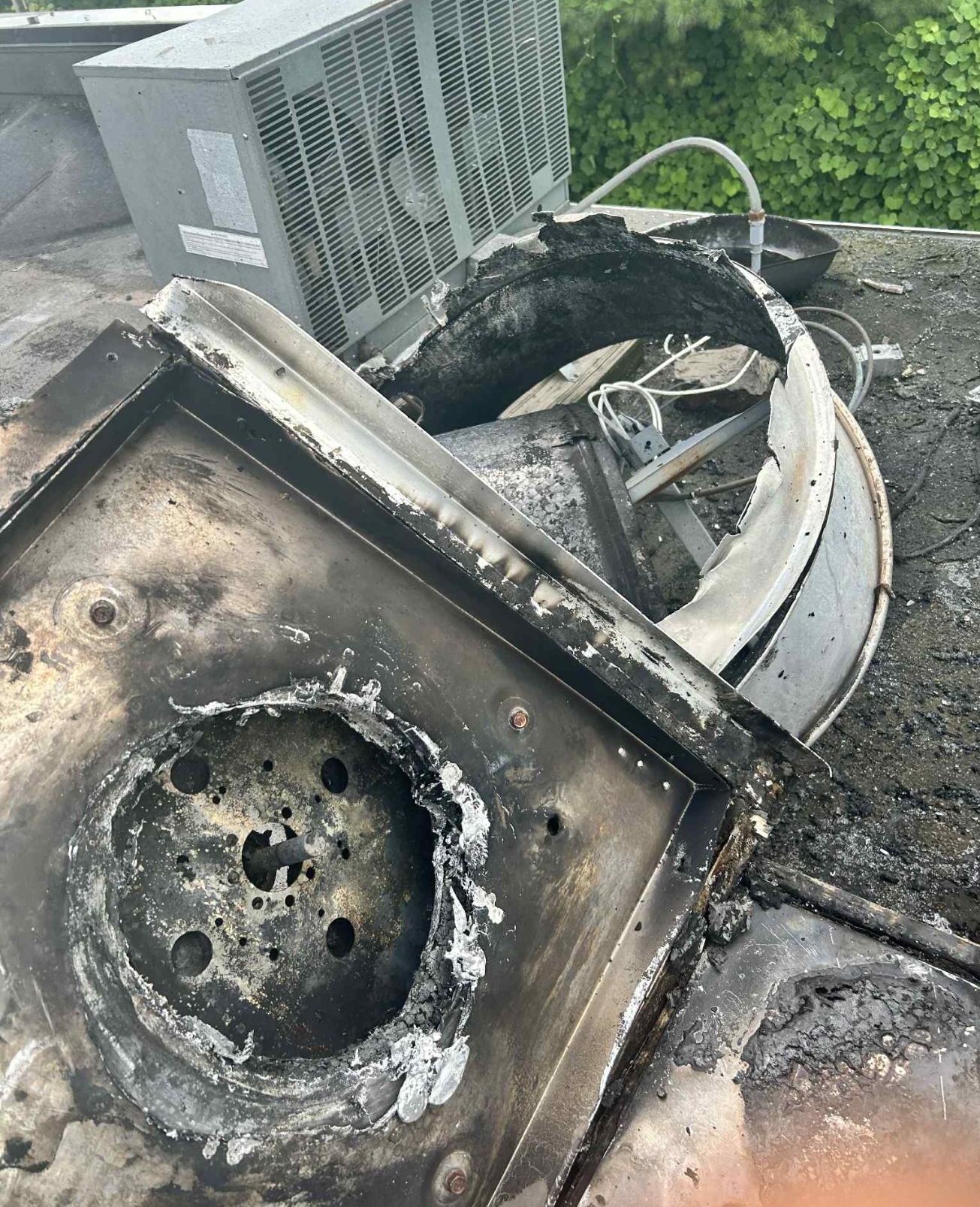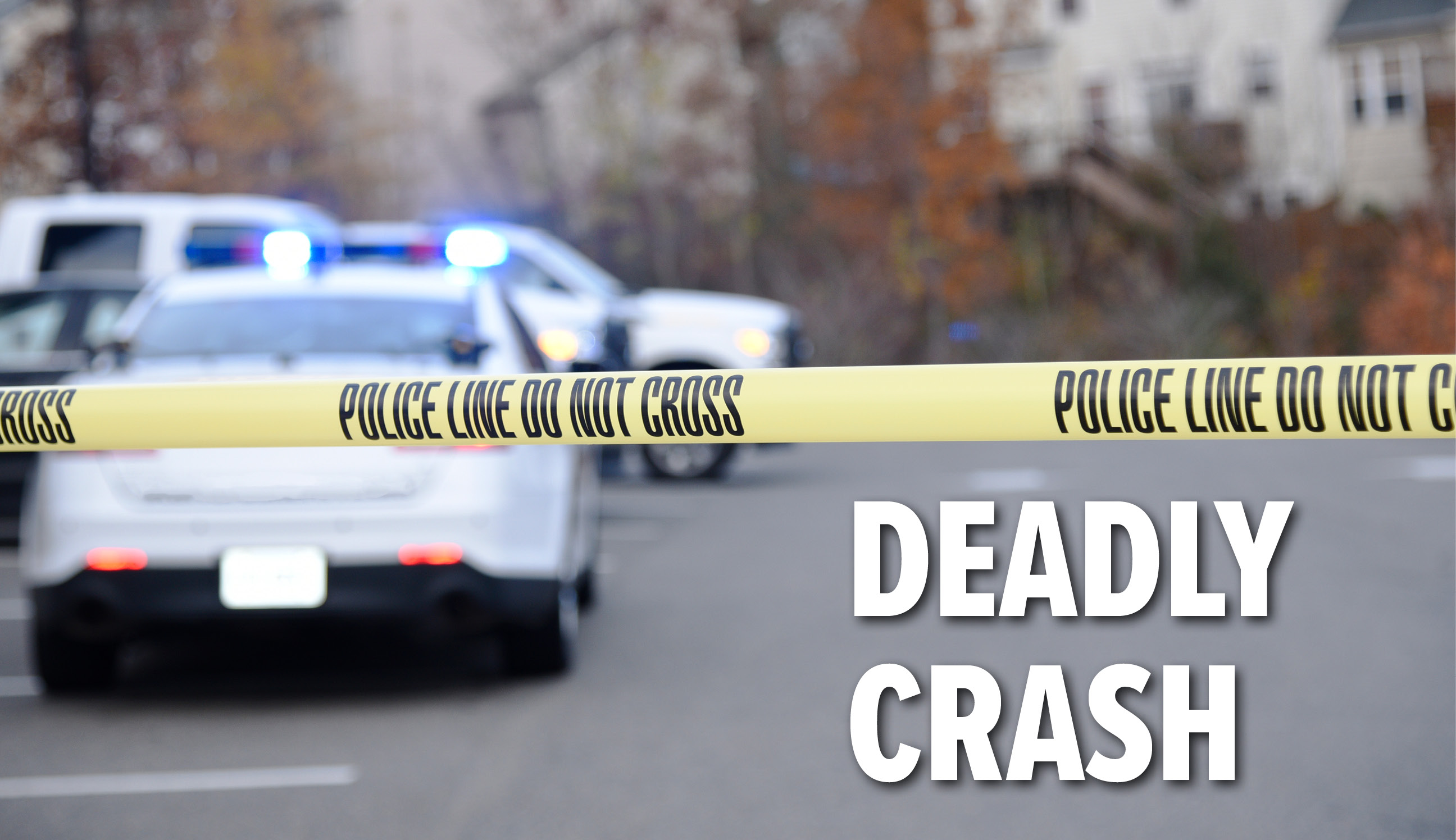State puts out a hit contract on Bradford pear trees
Published 10:50 am Thursday, March 17, 2022
|
Getting your Trinity Audio player ready...
|
We’re being invaded by the Bradfords and the state needs your help to fend them off before they take over.
This is the time of year when the pesky Bradford pear tree is the easiest to spot. Its crown is a fluffy white explosion of flowers, and people are oohing and aahing over them.
The Bradford Pear tree’s unplanned offspring is a thorny testimony to how easily we can be fooled. One local county extension official now retired has described the Bradford as “the new Kudzu.” While those white blooms are downright pretty and evoke memories of the cherry blossoms of our nation’s capital, the tree has been deemed invasive and unwanted. North Carolina, although trailing South Carolina in its actions, has now declared the Bradford blossoma non grata.
There is a saying in the tree planting world: one should plant the right tree in the right place for the right reason. Like many invasive plants and trees, Bradford pears are the result of people being suckers for the show horse over the workhorse.
Now the NC Wildlife Federation, NC Urban Forest Council, NC Forest Service and the NC State Extension Service have teamed up to offer a bounty to encourage us to remove and replace Bradfords.
In exchange for cutting down your Bradford pear trees, these folks will give you five free native trees to plant in their place. You can find the details on when it will reach this area by going to treebountync.com.
There is a growing movement to plant native plants, thanks in part to recent NC legislation that says all new highway plantings must be native. Many plant nurseries have not yet fully embraced the concept of putting in the ground a plant that is actually supposed to be here.
Once again, I must offer a disclaimer. I am not a botanist, but my wife is a non-degreed botanist, fueled by a passion for doing good and right in the plant world, whether it’s live-staking along a shoreline or river bank to stop erosion or planting things that are short on splash and long on supporting native fauna.
That means I hear a lot, retain a little and dig pretty good holes.
Nurseries have been slow to provide a good inventory and knowledge of native plants because most customers are all about the splash of exotics–the eye-catching leaves and flowers–rather than the purpose. Customers need to be the force for change.
But native plants can be spectacular. My favorite is the Baptisia, both for its brilliant flowers and its rich, albeit dark, history. You might know the perennial plant as false indigo.
The flowers, first used by indigenous people to make blue dye, became the first subsidized farm crop in the U.S. In the 1700s, the British were buying every ounce we had available, more than a million pounds a year. It was dubbed “the blue gold of the South,” and Charleston was the hub. The dark piece, no longer likely to be taught to our children, is that it was profitable and possible only because slaves were used.
They also are believed to have medicinal value and can be used in casting spells, although neither should be used for those purposes without the guidance of a physician or a witch.
Larry McDermott is a local retired farmer/journalist. Reach him at hardscrabblehollow@gmail.com





